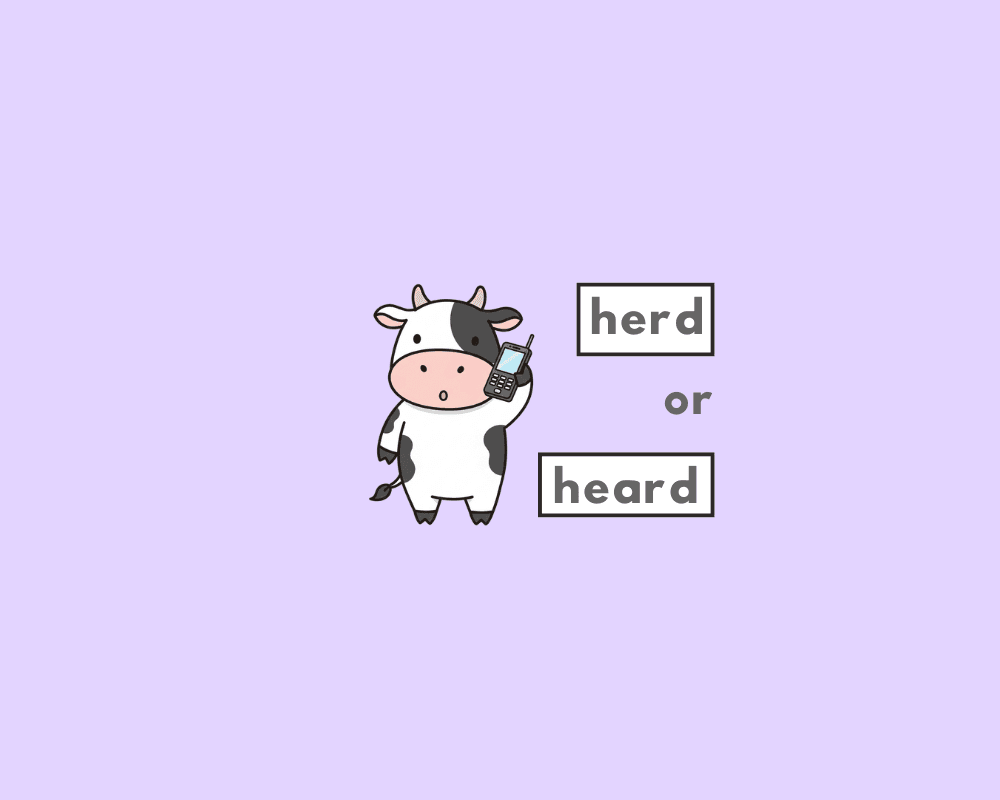What’s the plural of “leaf”?
| Examples: leaf / leaves | |
| singular | Do you know what a maple leaf looks like? |
| plural | The leaves on the trees were beginning to turn from green to orange. |
- The only plural of leaf is leaves, when referring to the noun.
-
Leaf can also be a verb meaning, “to turn through pages, sheets”, often paired with “through”; e.g., “to leaf through” a book.
The plural of the noun leaf is sometimes mistaken for leafs; which, understandably, is likely due to the fact that most English plural nouns add -s or -es when switching from the singular case to the plural.
That the plural of “leaf” is “leaves,” associate it with the sound of rustling leaves—the “s” sound reinforces the plural “leaves.”
Other similar (German) plurals
Leaf plural and singular (in sentences)
| Noun: leaf | Example sentences |
|---|---|
| leaf (singular) |
She pressed a single maple leaf in her scrapbook. He found a leaf floating on the surface of the pond. Can you identify this leaf? |
| leaves (plural) |
The leaves on the trees were beginning to turn from green to orange. After the storm, leaves covered the entire yard. In autumn, children love to jump into piles of leaves. |
Collective nouns for “leaves”
Leaves as a collective are called foliage (plant leaves collectively.)
Phrases and synonyms: leaf/leaves
Synonyms of the noun leaf: frond, needle, shoot, stalk, blade, pade, petiole, sprig, stipule, branch, leaf blade
| Phrase | Meaning |
|---|---|
| As rare as a four-leaf clover | for something to be extremely rare or uncommon |
| Shake/quake like a leaf | to tremble or shake in fear |
| To be ‘in leaf’ | to be covered in leaves |
| Take a leaf/page out of someone’s book | to adopt someone’s practices because they are better |
| To leaf through something | to peruse or look through something |
| To turn a new leaf | to change your behaviour, typically in a good way |
Phrases with “leaf”.
Etymology of “leaf”
Old English leaf “leaf of a plant, foliage; page of a book, sheet of paper,” from Proto-Germanic *lauba–.
Practice: Leaf or leaves
The autumn wind blew all the colorful ______ off the trees.
He ______ for work at 7 AM every morning.
She pressed a single maple ______ in her scrapbook.
The forest floor was covered in a thick carpet of fallen ______.
Every time the train ______, I feel a bit sad.
FAQs
What’s the correct plural of leaf?
The plural for “leaf” is leaves. Spelling it as “leafs” to mean the plural noun is incorrect. Correct spelling: Have you noticed the leaves are shedding earlier this fall?
Is “leafs” correct for the noun plural?
“Leafs” is not the plural for leaf. To refer to numerous leaves you can say ‘foliage’ or simply leaves.
Why is “leafs” often used incorrectly?
“Leafs” is a common mistake for the plural of ‘leaf’, though it’s correct if you’re referring to the action of skimming through a pamphlet.
Is leaf a regular or irregular noun?
“Leaf” has an atypical plural form since it switches to “-ves” (leaves) instead of the standard “-s” or “-es” that regular plurals use.
Are other nouns pluralized like leaf?
Singular nouns ending in -f or -fe often form their plurals by adding -ves, similar to leaf; examples are life/lives, wife/wives, and wolf/wolves.
Sources
1. “Petiole, N.” Oxford English Dictionary, Oxford UP, March 2025, https://doi.org/10.1093/OED/1635673917.
Yash, D. "How to Use Leaf Plural (Explained, Examples & Quiz)." Grammarflex, Sep 13, 2025, https://grammarflex.com/leaf-plural/.








